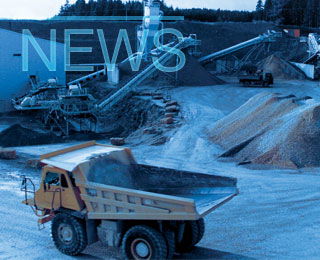Pakistan's 11 cement manufacturers are aggressively investing in production capacity, increasing output potential by 30.3Mta (60 per cent) through expansion projectsat a cost of over US$2.225bn in FY17-19 in anticipation of strong domestic demand and improved export potential.
Manufacturers are exploring new markets, such as the Philippines, Qatar, Yemen and Sri Lanka to boost their exports following a recent decline, according to a recently-published annual report of the State Bank of Pakistan (SBP).
The report added that despite a continued fall in exports, the cement production increased by 4.5 per cent to 37.1Mt in FY17 (following 10.1 per cent rise in FY16), primarily due to higher local dispatches.
Recently, cement manufacturers in the northern regions of the country have slashed prices by around PKR10-25 (US$0.09- US$0.23) per 50kg. This was probably the result of both, a decline in exports to Afghanistan as well as capacity expansions.
The slowdown in construction activities in China has forced cement producers to resort to international markets to export their surplus. Chinese producers, who considerably benefit from economies of scale, present a challenge to Pakistani manufacturers. Furthermore, the lifting of sanctions has also opened up room for Iran to return to cement exports market, with ample surplus capacity available.
Cement exports to India, which began in 2010, have grown by 26.3 per cent in FY17. India has now become the second-largest export market for Pakistani cement exporters, with a 27 per cent share in their total exports. In some cities in the Indian Punjab, such as Amritsar and Ludhiana, Pakistani cement is relatively cheaper than the local manufactured product. This is because imports from plants located in Pakistan’s northern region are subject to lower transportation cost compared to those in south India, where a third of Indian cement capacities are installed.
